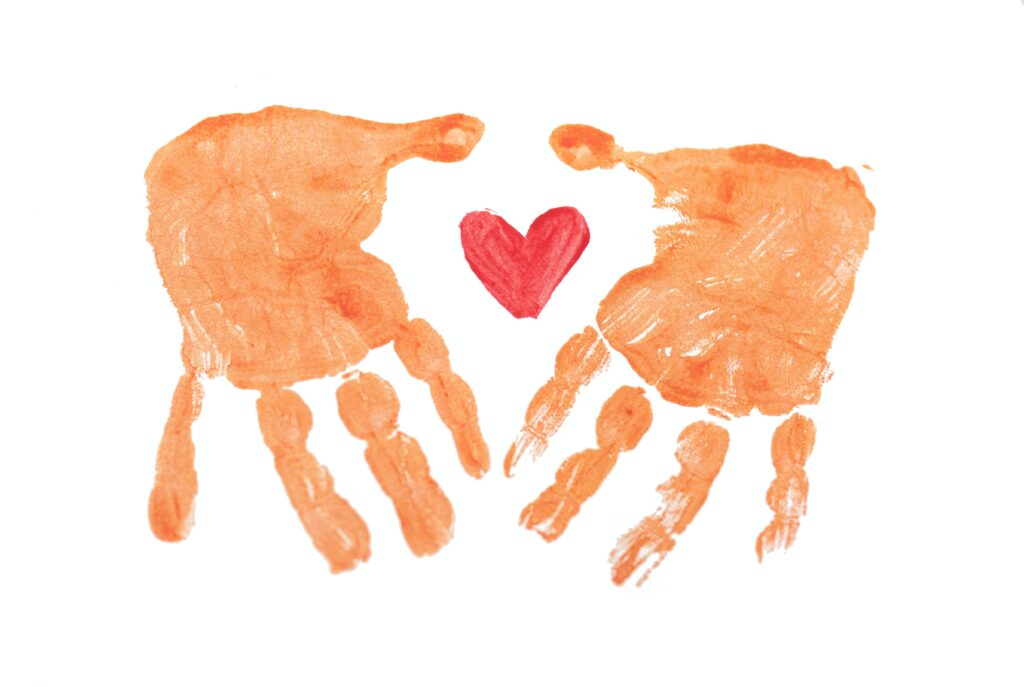Getting to know your students and establishing a classroom community is integral to student learning. This isn’t just lip service. For teachers looking to create long term student engagement, overall student buy-in, and ease into a school year where classroom management isn’t the most pressing challenge, building a classroom community should be first on the priority list. Below are 5 ways to build classroom community.
1. Greet each student at the door
This is something so easy that a teacher can do from day 1 to start building an inclusive classroom. There are so many benefits to this practice. Teachers will break the ice with every one of their students right off the bat; greeting each student provides a quick scan of the personalities of each of them, and it helps teachers gauge the mood of their students that day. Having a bad morning? A greeting at the door can begin the process of alleviating that feeling.
2. Mind you bias
Regardless of age or maturity, every student wants to feel like they are valued just as much as their peers. Reflect on who you are spending time talking with, who you gravitate towards, who you call upon during discussion, who you help more often. Sometimes, you may have a student or students’ vying to be that cliche “class pet”. Avoid the class pet misnomer for their sake and for yours. Nothing interrupts a classroom community like the whiff of favourites.
3. Spread the attention
Similarly to what was just previously mentioned, a classroom community is one where everyone feels included. Therefore, spread the attention. Figure out who your quiet kids are. Find the attention-seeking ones. And consciously spread your energy all around. A community is a group that shares some of the same characteristics and also shares some of the same goals. But they may not all go about achieving them in the same way. In order for a classroom community to thrive, that attention also needs to be shared.
4. Be honest/transparent
I’ve written about this recently and the reason why it keeps popping up is because I believe it to be fundamental to quality teaching. In order for your students to feel comfortable and validated, and eventually feel like their classroom is a space where they can be themselves, they have to see it modelled. Just like a good math or science lesson that requires the teacher to show examples for deeper understanding, honesty and transparency from the teacher leads to more honest and transparent students. Which inevitably brings the class closer.
5. Prioritize “classroom community”
On the surface, this sounds redundant. But let me explain. If you want to establish a positive and robust classroom community, you need to devote energy to building it. What does this mean? Well, for starters, building a classroom community doesn’t stop after the first day. And it doesn’t continue to naturally grow just because you threw a few ice-breaker activities at them during that first week. A strong classroom community has structures that are embedded throughout the course of the school year. For example, in my grade 8 homeroom, we would end the last English class of the week 15 to 20 minutes early, put our books away and close any assignments we were working on, move desks and put our chairs in a circle, and have what we called, “Family Time Friday.” We would have a class conversation about all things school and otherwise: things that were working for them, things they wanted to see fixed or improved, issues they were having, ideas they wanted to share or see fleshed out moving forward. After a few weeks, the students didn’t even need me to initiate our “Family Time Friday.” They knew that it was part of what we did. And it created a group of students that were able to collaborate, advocate for themselves, and become more metacognitive. And ultimately, become closer.
Building a classroom community is not done in one day or one week. It is an ongoing process that really should extend throughout the entire ten months of the school year. Especially for teachers who have a homeroom or teach multiple subjects to the same students. Ultimately, creating a vibrant, inclusive, and welcoming classroom community makes learning easier for students. More importantly, it makes them feel valued and whole. Which should be every teacher’s underlying goal. Especially since it makes the actual teaching part of teaching easier.

